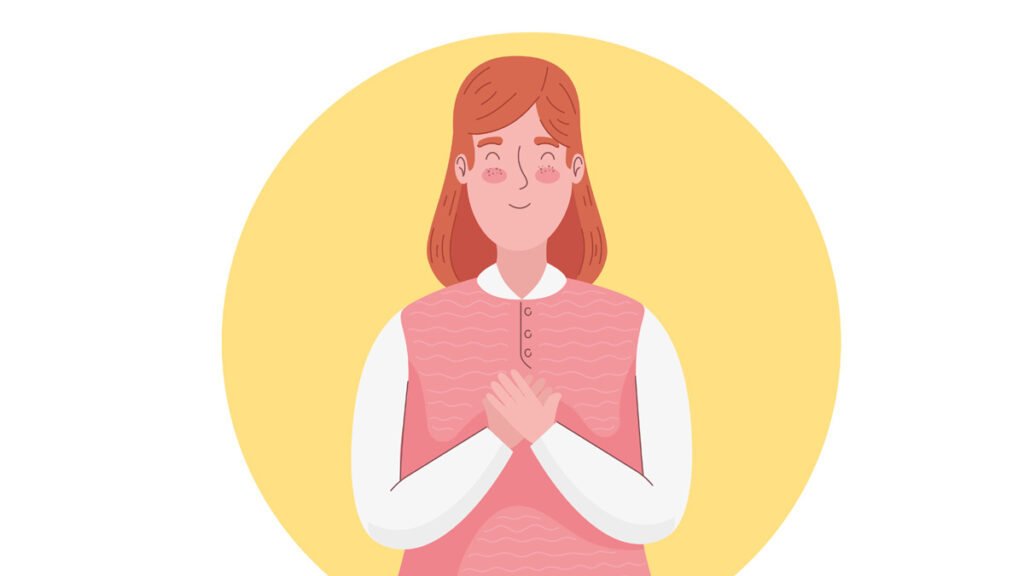‘Intensamente’, una película que nos enseña sobre los pensamientos y cambios que atraviesan nuestros hijos
Explorando la película “Intensamente” me percaté de que este filme permite abrir los temas de la adolescencia y conversarlos en familia de forma más clara, aludiendo a la forma en que cada emoción se manifiesta y distingue una de otra, pues cada una tiene nombre y color, lo que puede facilitar la interacción.
La historia aborda una transformación en la que las viejas emociones –Alegría, Tristeza, Furia, Temor y Desagrado– deben afrontar la llegada de Envidia, Aburrimiento (Ennui), Vergüenza y Ansiedad.
Está bien puesto cómo las creencias se construyen a partir de las diferentes experiencias que uno va teniendo, así como lo que uno escucha o vive. También cómo se van complejizando en la adolescencia y se va pasando de un pensamiento que es más concreto hacia uno más abstracto.
Creo que el principal mensaje debe ser el rol que tienen las emociones en sí, pues se muestra que todas ellas, presentadas en su justa medida, generan la formación de su propia identidad.
Con todos estos elementos podemos concluir que, “Intensamente” es un muy buen método de enseñanza sobre las emociones y experiencias por las que atraviesan nuestros niños y adolescentes, provocando en ellos un mejor autoconocimiento, girando todo en su entorno familiar, y por ende nos enseña a todos como familia.
Emotions at home
‘Inside Out’, a film that teaches us about the thoughts and changes our children go through
Exploring the movie “Inside Out” I realized that this film allows us to open the topics of adolescence and discuss them as a family in a clearer way, alluding to the way in which each emotion manifests itself and distinguishes one from another, since each one has a name and color, which can facilitate interaction.
The story deals with a transformation in which the old emotions – Joy, Sadness, Anger, Fear and Disgust – must face the arrival of Envy, Boredom (Ennui), Shame and Anxiety.
It is well explained how beliefs are built from the different experiences that one has, as well as what one hears or experiences. Also, how they become more complex in adolescence, and one goes from a more concrete thought to a more abstract one.
I think the main message should be the role that emotions themselves have, since it shows that all of them, presented in the right measure, generate the formation of one’s own identity.
With all these elements we can conclude that, “Inside Out” is a very good teaching method about the emotions and experiences that our children and adolescents go through, causing them to have better self-knowledge, revolving everything around their family environment, and therefore it teaches us all as a family.

